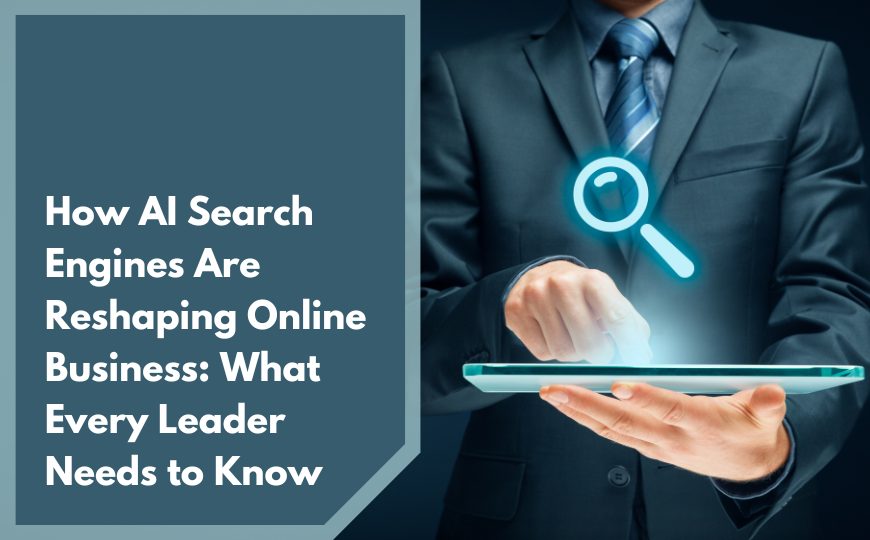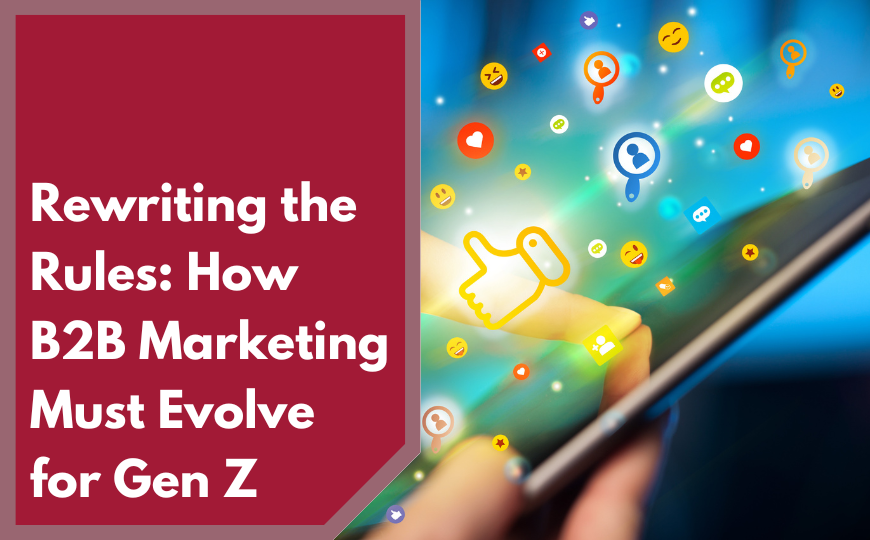From time to time, team members will share their views stimulated from a piece by an industry thought leader. Here, our CEO, Lisa Maier, discusses the recent Harvard Business Review article, “How New Technologies Push Us Toward The Past” by William H. Davidow and Michael S. Malone.
Much has been written on the global impact of the internet and of the technology advances facilitated by IT. I really like this article within this context because while much is being made of the almost unimaginable technology that will drive our future lives, the actual impact of that technology may be much, much different than one might imagine. And that is an intriguing thought.
This article is a more sociological view of the impact on the ubiquity of information, facilitated by the internet, on the fabric of our daily lives. The intriguing assertion is made that, “…Ubiquitous connectivity will not only supercharge our way of life and our ways of working, it will in some sense reverse them…”. In other words, in many ways the future will start looking more like the past.
I agree that for those of us who grew up in a high-friction information environment (no internet), the solutions to these information transfer problems were “just the way things are” with little thought given as to the why. This article speaks of why we all convened at a retailer (to be able to get the information for product purchase decisions), or why we all went to offices to share in important information (to get our jobs done most efficiently when information transfer was slow and the cost of that transfer high). Really interesting perspective on why our physical environment is the way it is today.
But then they raise the question about how our environment might be radically different tomorrow as we redefine our lives in the world of ever decreasing friction in information transfer. What will our homes, neighborhoods, community centers and business districts look like when most of us work from home? How will architecture change, how will our neighborhoods change? Where and how will we convene with our friends, colleagues and neighbors? How about retailing centers, when more and better information becomes accessible online than at physical stores?
The really intriguing idea is that our world may come to look more like our past. Homes will become central hubs again. We may all spread out away from urban centers to smaller communities. Big office buildings cease to be an imperative as our economies grow. Really, the thought experiments can go as far as you have time to indulge in, and it is all very intriguing. What will this increasingly frictionless information transfer world really look like, and what will be our future day-to-day living experience?





